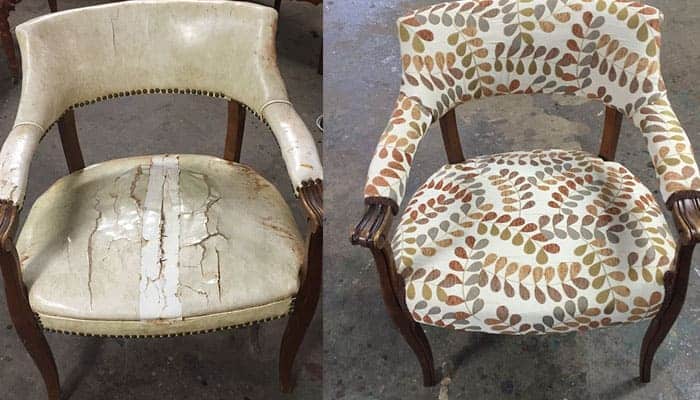Introduction: Furniture holds sentimental value, memories, and often represents a significant investment. However, over time, upholstery can wear out, become stained, or fall out of style. Instead of replacing your beloved furniture pieces, consider reupholstery as a cost-effective and sustainable alternative. In this comprehensive guide, we’ll explore the process of reupholstering furniture, its benefits, and tips for a successful makeover.
- Understanding Reupholstery:
- Reupholstery involves removing the existing fabric, repairing or replacing the internal padding and structure as needed, and then applying new upholstery fabric to the piece. This process restores the furniture’s appearance, comfort, and functionality, extending its lifespan for years to come.
- Benefits of Reupholstery:
- Cost-Effective: Reupholstering furniture is often more affordable than purchasing new pieces, especially for high-quality or sentimental items.
- Sustainability: Reusing existing furniture reduces waste and minimizes the environmental impact of manufacturing new products.
- Customization: Reupholstery allows you to choose fabrics, patterns, and colors that suit your taste and decor preferences, giving your furniture a personalized touch.
- Preservation: Reupholstering antique or heirloom furniture preserves its historical and sentimental value, maintaining its authenticity and charm.
- Assessing Furniture for Reupholstery:
- Before deciding to reupholster a piece of furniture, assess its overall condition, structural integrity, and sentimental value.
- Consider factors such as the quality of the frame, springs, and padding, as well as any damage or wear to the existing upholstery.
- Choosing Upholstery Fabric:
- Selecting the right upholstery fabric is crucial for achieving the desired look and durability of your reupholstered furniture.
- Consider factors such as color, pattern, texture, and durability when choosing fabric. Opt for high-quality, durable materials that are appropriate for the piece’s intended use.
- Consult with your reupholsterer or upholstery fabric supplier for recommendations and samples to help you make an informed decision.
- Preparing for Reupholstery:
- Once you’ve selected your upholstery fabric, prepare the furniture piece for reupholstery by removing the existing fabric and any trim or embellishments.
- Clean and prepare the frame and padding surfaces to create a clean and smooth foundation for the new upholstery.
- Professional vs. DIY Reupholstery:
- While DIY reupholstery can be a rewarding project for experienced crafters, complex or valuable pieces may require the expertise of a professional reupholsterer.
- Consider your level of experience, the complexity of the project, and the value of the furniture piece when deciding whether to tackle reupholstery yourself or enlist professional help.
- Finishing Touches:
- Inspect the furniture for any loose threads, wrinkles, or imperfections and make any final adjustments or repairs as needed.
- Enjoy your newly reupholstered furniture and take pride in preserving and revitalizing a beloved piece for years to come.
Conclusion: Revitalize Your Furniture A Complete Guide to Reupholstery. By understanding the process, benefits, and considerations involved, you can breathe new life into your favorite pieces, preserving their beauty, comfort, and sentimental value for generations to come. Whether you choose to tackle reupholstery as a DIY project or enlist the help of a professional, the result is sure to be a stunning transformation that enhances your home’s decor and functionality





